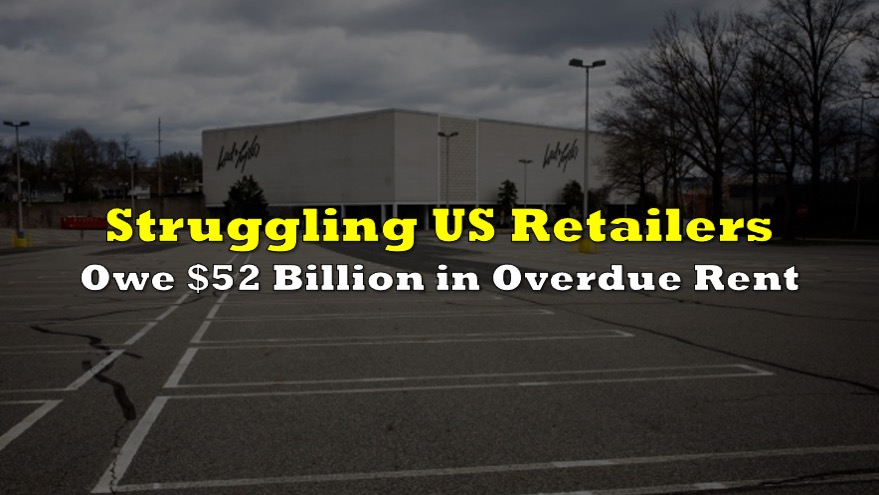Over the weekend, two major US mall landlords filed for Chapter 11 protection, joining the ever-expanding list of bankruptcy filings that are plaguing the US retail industry.
On Sunday two mall REIT’s, CBL & Associates Properties and the Pennsylvania Real Estate Investment Trust (PREIT), both filed for Chapter 11 bankruptcy protection after succumbing to COVID-19 related economic hardships faced by their tenants, and ultimately themselves. Combined, the two REITs account for more than 87 million square feet of retail real estate across the country, with CBL owning 107 properties ranging from enclosed malls to open-air retail centres and outlets that span 26 states, while PREIT owns its fair share of shopping malls in New Jersey, Maryland, Pennsylvania, and Michigan.
Although the collapse of the brick-and-mortar retail industry was already postulated even before the onset of the pandemic due to the damaging effects of online shopping giants such as Amazon, COVID-19 significantly worsened the situation as troves of consumers shifted to online platforms. As a result, a stream of bankruptcies from retail chains including J.Crew, JC Penny, and Ann Taylor have sought court protection since pandemic-related lockdowns decimated in-store shopping across the US.

According to Bloomberg, a dead-end for mall landlords such as CBL and PREIT, which own less-popular malls compared to their rivals Macerich and Simon Property Group, was imminent. Even before the pandemic, the US landscape already suffered from too much retail real estate, and judging by CBL’s and PREIT’s stock prices, their collapse into bankruptcy was barely a surprise.

As Bloomberg Intelligence analyst Lindsay Dutch notes, a significant portion of retail properties that are now struggling amid the pandemic are considered B-class malls, which typically bring in less sales per square footage relative to their peers that have more ideal locations. Such poorly-performing malls are likely located outside the vicinity of large metro areas, in upscale neighbourhoods that middle-class consumers would opt out of given the worsening income situations amid a unemployment rate of 7.9%.
On a side note however, the recent and ongoing exodus out of heavily-congested downtown areas into more private, suburban and rural communities may end up throwing a wrench in the steady closure of B-class malls. In fact, the trend may even reverse, as metro areas could very well turn into desolate emptiness amid growing virus infection fears and social unrest across the US. Nonetheless, it will be an interesting development to observe.
Information for this briefing was found via CBL, PREIT, First Day by Reorg, and Bloomberg. The author has no securities or affiliations related to this organization. Not a recommendation to buy or sell. Always do additional research and consult a professional before purchasing a security. The author holds no licenses.









